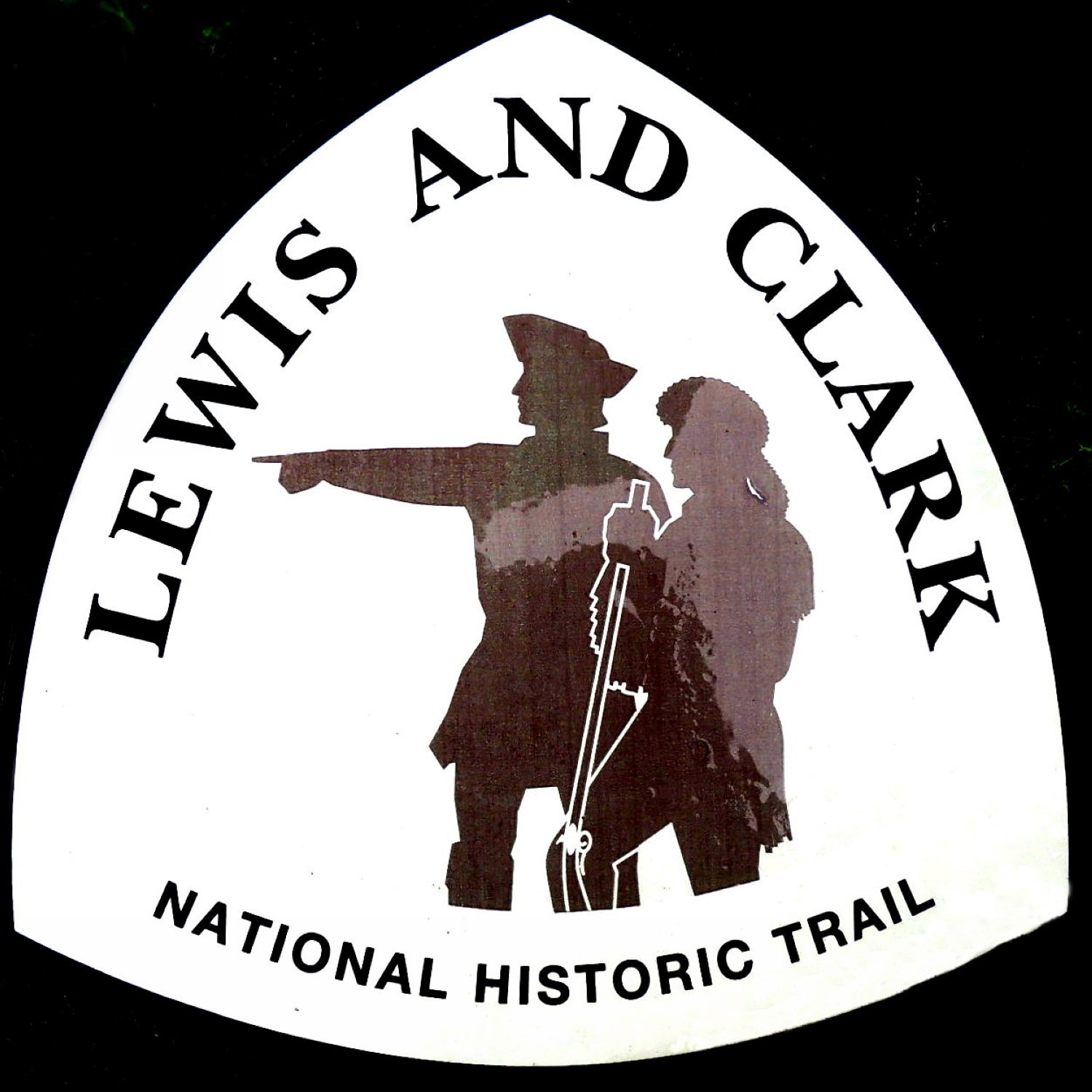Crazy Mountain Museum opened its doors in 1992 and hosts a festival each Memorial Day.
The Crazy Mountain Museum houses a collection of artifacts and exhibits range from archeological and geological finds to the Pioneer Room featuring early settlers and their families. Also featured is a replica of 1907 Big Timber, Jack Hines paintings of Sweet Grass County called Historic Crossroads, a replica Norwegian stabbur, a tipi, a one room schoolhouse, the widely-acclaimed gardens.
There are several signs along the garden paths that tell the history of Lewis and Clark.
 Lewis and Clark
Lewis and Clark
National Historic Trail
Big Timber, Montana

Sign:
Captain William Clark was the primary cartographer for the Corps of Discovery. With very little training prior to the expedition, he created maps based on field sketches, celestial readings, and compass brings that were an invaluable contribution to knowledge. Not only did they dispel the myth of the Northwest Passage, they also recorded previously uncharted lands and paved the way for westward expansion and opportunity.
Several creeks in the Yellowstone Valley were named after Corp of Discovery members or dramatic incidents. Private Gibson was thrown from his horse and pierced his thigh on a snag. The wound, two inches deep, left him in great pain. Clark named a creek "Thy Snag'd Creek."
Using mostly a surveyor's compass, field observations and estimates, Clark drew nearly 5,000 mils of new mapping. Amazingly, his measurements were only off by a mere 5%.
Clark the Cartographer Marker
Captain William Clark obtaining a compass bearing from point of observation to another, a process known as shooting a bearing.; Clarks map - July 16-18, 1806
Erected by Lewis and Clark National Historic Trail.